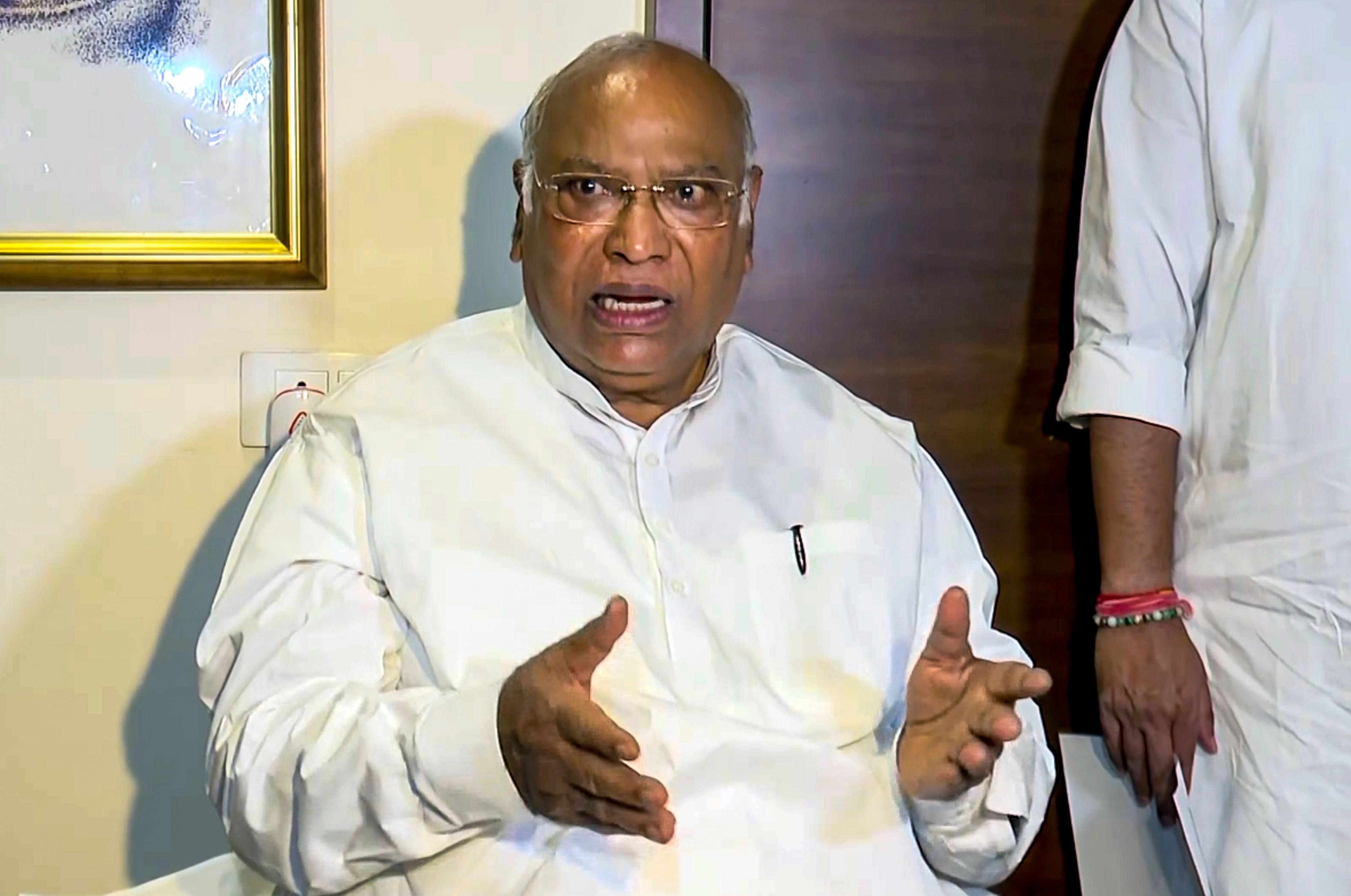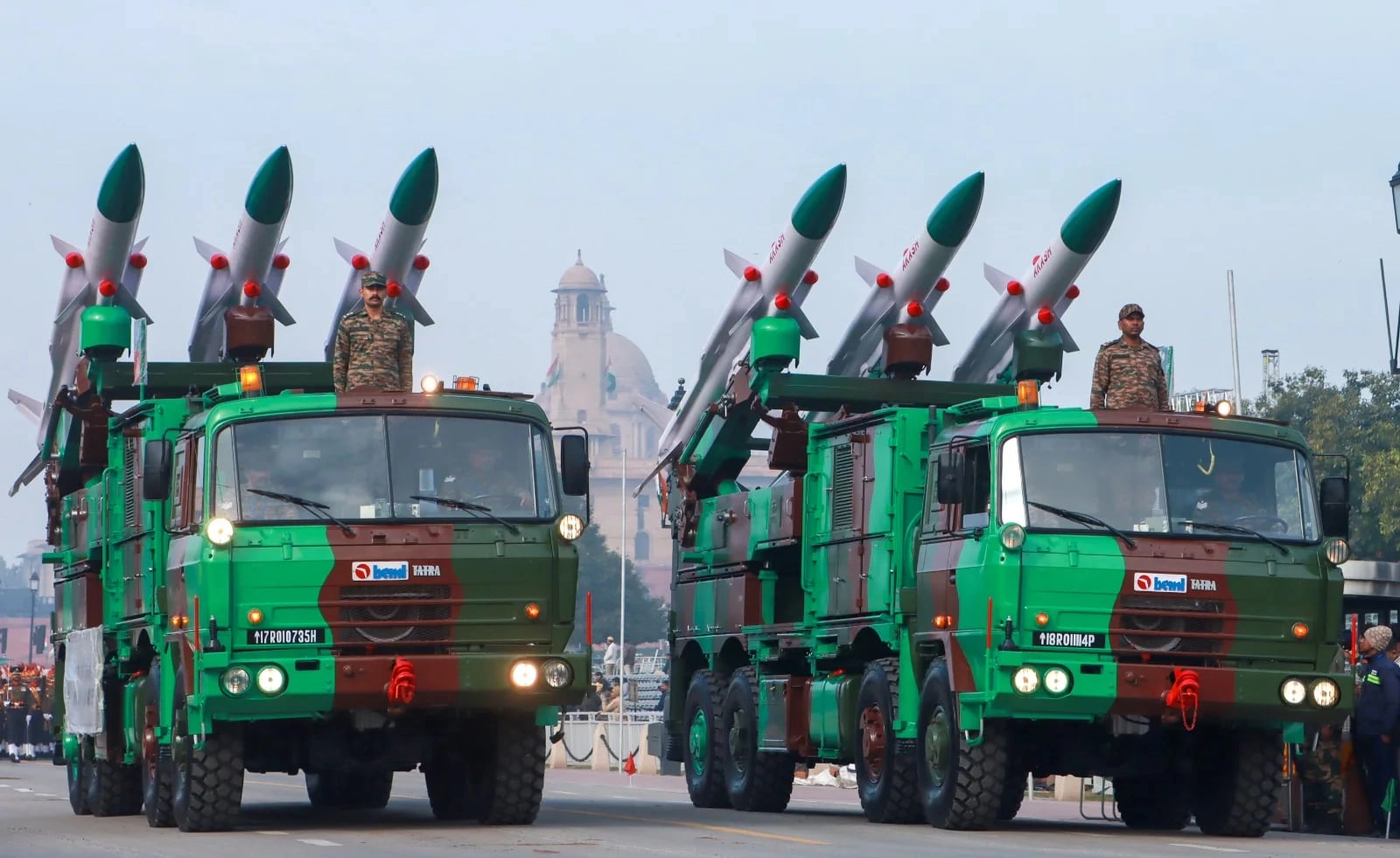The recent flooding in Kolkata after just one night of rainfall has raised significant concerns among residents and city planners alike. In a dramatic contrast to the typical weather patterns, the city witnessed an overwhelming downpour that led to severe waterlogging, disrupting daily life and highlighting ongoing infrastructural challenges. While the rainfall itself lasted for a mere six hours, the implications of the deluge were felt for days, with many areas remaining submerged in water long after the skies cleared. This incident serves as a stark reminder of the vulnerabilities that urban areas face in the face of climate change and inadequate drainage systems.
One of the key factors contributing to the flooding is Kolkata’s outdated drainage infrastructure, which struggles to cope with sudden bursts of heavy rainfall. The city’s drainage system, designed to handle a different climate reality, often fails to manage the volume of water during intense storms. Additionally, unplanned urbanization has exacerbated the problem, with numerous encroachments on water bodies and wetlands that traditionally acted as natural buffers against flooding. As these areas are increasingly built upon, the city loses critical natural drainage pathways, leading to higher water accumulation during rain events.
Moreover, the monsoon season in Kolkata has been marked by erratic weather patterns, further complicating the situation. Over the years, changes in climate have resulted in unpredictable rainfall, with extended dry spells followed by sudden and intense storms. This unpredictability puts additional pressure on the city’s infrastructure, which is ill-equipped to handle such fluctuations. The recent flooding, occurring just 22 days after another significant weather event, underscores the urgent need for comprehensive urban planning and investment in resilient infrastructure to mitigate the impacts of future climate-related events.
In conclusion, the flooding in Kolkata serves as a wake-up call for the city and its leaders to re-evaluate their approach to urban planning and disaster management. With climate change posing an increasing threat, it is imperative that authorities prioritize investments in sustainable infrastructure and effective drainage systems. This not only requires immediate action to address the current issues but also a long-term vision that takes into account the changing climate and the need for resilience in urban environments. As Kolkata navigates these challenges, the lessons learned from this incident could pave the way for a more sustainable and flood-resistant city in the future.




